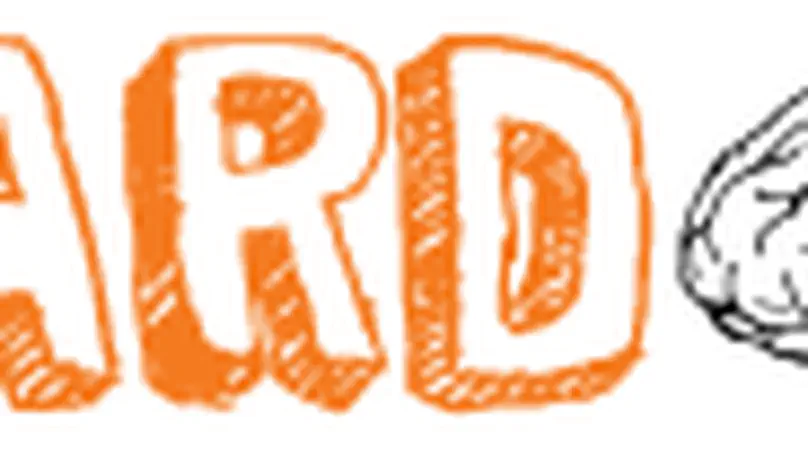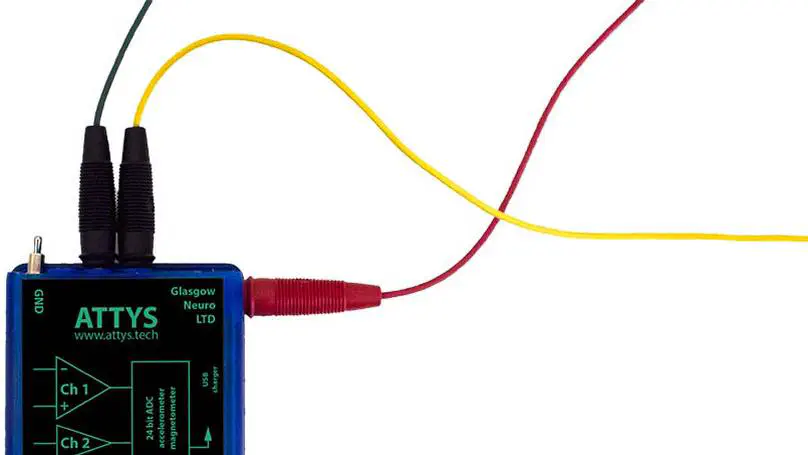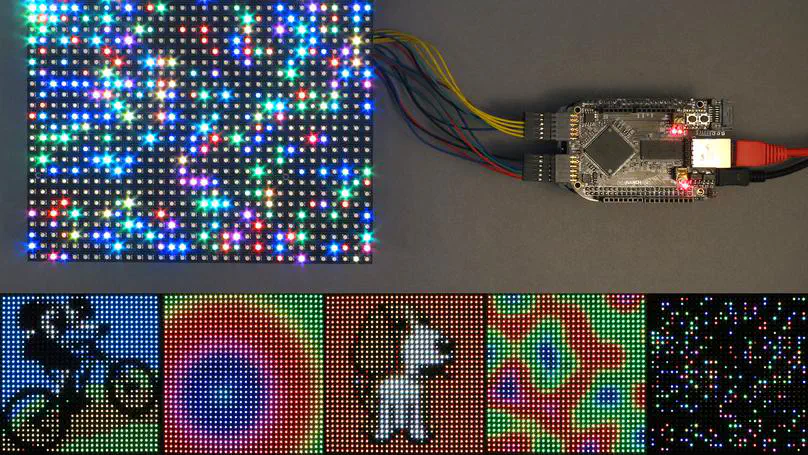Posts

The 5 dollar PCR machine is a project from David Ng. he created a very interesting design for the PCR machine. Instead of using eppendorfs, he is using teflon tubes and three different heating elements, which allows for cheaper (he has a working PCR machine for 5 dollars!

The Open bionics project was inspired by the Yale open hand project, aiming to develop light, affordable, and modular robot hands and myoelectric prosthesis. Also they want to make them easy to replicate using off the shelf materials.

Backyard brains started out producing low cost, portable, electrophysiology systems to bring neuroscience to classrooms and help promote it. “Backyard brains wants to be for neuroscience, what the telescope is for astronomers” – meaning that the idea is that with a couple of hundred dollars anyone can get one of these recording systems and start doing experiments, like amateur astronomers can buy telescopes and start observing the cosmos.

This neat little project uses some plexi-glass, lens extracted from a laser pointer to harvest the power of smartphone cameras for some very big amplifications! Yoshinok manged to see cell plasmolysis and some other cool features with it.

Addgene is a non-profit company that makes the share of plasmids easier by making a plasmid database and linking them to the papers where they were described. In this way they take on the job of maintaining plasmids and shipping them to requesting scientists.

The Brain Map is one of the initiatives of the Allen Institute. It is a data portal that encompasses different projects: the Allen Institute has created a set of large-scale programs to understand the fundamentals of the cortex.

Attys is an wearable data acquisition device with a special focus on biomedical signals such as heart activity (ECG), muscle activity (EMG) and brain activity (EEG). It’s open firmware, open API and has open source applications on github in C++ and JAVA to encourage people to create their own custom versions for mobile devices, tablets and PC.

This project uses a 32X32 LED array (1024 LEDs in total) and a beagle bone black board. The page describing the project has very nice explanations on how the whole system works (and LED displays in general).